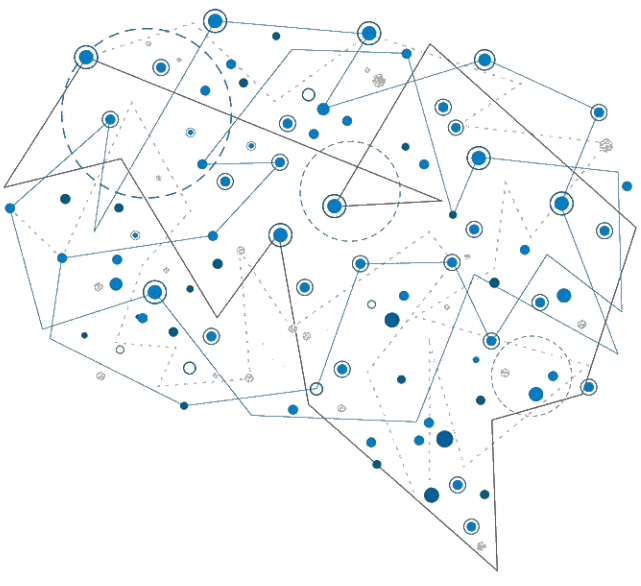Sensory integration describes how our senses develop and learn to work together to allow us to perform increasingly complex tasks. We can observe this process quite easily in young children. They develop their muscle tone by tensing and relaxing their muscles, refine their sense of touch as they explore the world around them, practise their balance skills as they discover the effects of gravity and learn where their body is in space as they navigate their environment.

While the child is doing all this they are helping the development of a number of important reflexes that support balance and posture. All of these experiences lead up to one of the first big milestones in a child’s life – learning to crawl. And that is a process specifically designed to help the two halves of the brain to work together, which leads to the next big milestone – learning to walk.
Sensory integration is at work in every tiny detail of our lives and the particular skills we as individuals develop. But it is a process which never unfolds and continues to express perfectly because these processes are extremely sensitive to the effects of inherited and environmental stress factors, known as ‘epigenetic’ effects. It is possible to counter the effects of these destabilising forces, however, and this will allow us to develop more securely along the lines of our individual genetic blueprints.
Sensory integration and learning
Our senses control how we perform day to day tasks, as well as our cognitive functioning, learning, and emotional and physical well-being. Anything that interferes with this can cause problems such as mental exhaustion, poor motivation, underachievement and problems with social interaction.
Sensory integration underpins all aspects of learning and development and labels such as dyslexia, dyspraxia, autistic spectrum disorder and ADHD are all now recognised as different manifestations of a developmental disorder. Underachievement and failure to fulfil early promise can also generally be tracked back to sensory issues. Those who are gifted in sport, music or academic pursuits generally benefit from exceptionally good sensory integration in the areas in which they excel, although most people are challenged in some aspects of their functioning.
Back to previous page
